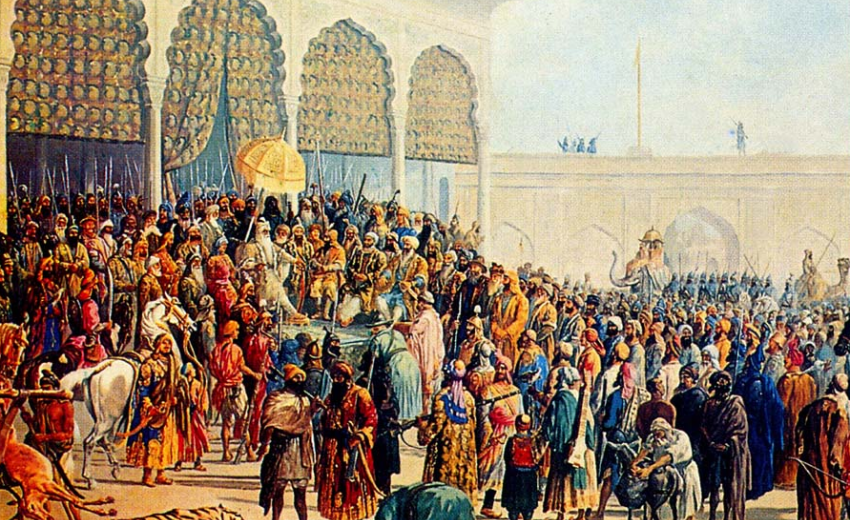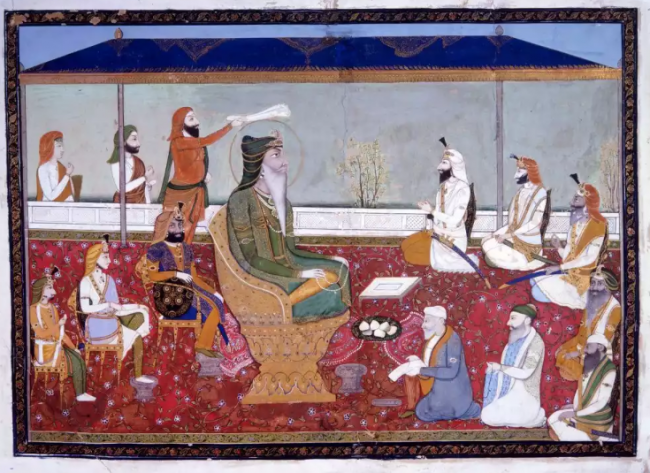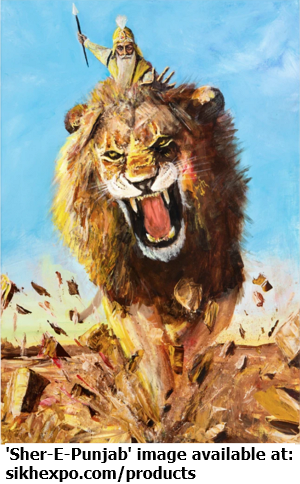Iconic magazine 'History' recently featured a section where a panel of historians rank the greatest leaders throughout history. 20 historians and scholars give an explanation of an historic figure that are ranked from 1 - 20.
Most of us will not be familiar with many names on the list however certain ones do stick out s such as Winston Churchill at 12th (for "refusing to capitulate to Hitler"), Emperor Akhbar at 19th (for "founding a mightly Indian empire infused with tolerance") and Abraham Lincoln at 20th (for "championing working people and the emancipation of slaves").
The top 5 on the list are as follows:
1: Amenhotep III
Pharaoh of Egypt c1390–1352 BC
Great because… he was Egypt’s greatest pharaoh when Egypt ruled the ancient world
2: Isabella of Castile
Queen of Castile 1474–1504
Great because… her influence reshaped the western world
3: Oda Nobunaga
Japanese feudal lord, 16th century
Great because… he succeeded in unifying Japan
4: Boudica
Queen of the Iceni, first century AD
Great because… her rebellion inspired women leaders across the centuries
5: Maharaja Ranjit Singh
Ruler of the Sikh empire 1801–39
Great because… he forged a modern empire of toleration
While the maharaja's benevolent reign has long been a huge point of pride of Sikhs and Punjabis we are happy to see that western historians also highly regard him so much as to put him 5th out of 20 of the greatest leaders of all time. His bio was entered by Matthew Lockwood who is assistant professor of history at the University of Alabama (kudos to you Mr. Lockwood!). Among his description of the Maharaja he well states,
"His reign marked a golden age for Punjab and north-west India. Though a devoted Sikh who embarked on a campaign to restore the great monuments of his religion – including the Harmandir Sahib or ‘Golden Temple’ at Amritsar – he also went to great lengths to ensure religious freedom within his lands."
Below is the entire section:
~~~~~~~~~~~~~~~~
Maharaja Ranjit Singh
Ruler of the Sikh empire 1801–39
Great because… he forged a modern empire of toleration
Chosen by Matthew Lockwood
Maharaja Ranjit Singh, the ‘Lion of Punjab’, sits before ministers, an astrologer and holy men in an idealised depiction of the Sikh court from c1830. (Image by Bridgeman)
For most of the 18th century, India was a fractured and war-torn place. As the once-dominant Mughal empire entered its period of terminal decline, it left behind a power vacuum. Punjab was not exempt from this problem. By the time Ranjit Singh was born in 1780, Afghan raids, chronic infighting among Punjab’s various misls (sovereign states) and the looming presence of British expansion left the region politically fragile, economically weak and religiously splintered. All this changed with the rise of Singh, the ‘Lion of Punjab’.
Singh was, almost uniquely, a unifier – a force for stability, prosperity and tolerance
By the early decades of the 19th century, he had modernised the Sikh Khalsa army, embraced western innovations without abandoning local forms and institutions, unified the fractious misls, stabilised the frontier with Afghanistan, and reached a mutually beneficial detente with the British East India Company. Singh, however, was more than a mere conqueror. While the Indian subcontinent was riven with imperial competition, religious strife and wars of conquest, Singh was, almost uniquely, a unifier – a force for stability, prosperity and tolerance.
His reign marked a golden age for Punjab and north-west India. Though a devoted Sikh who embarked on a campaign to restore the great monuments of his religion – including the Harmandir Sahib or ‘Golden Temple’ at Amritsar – he also went to great lengths to ensure religious freedom within his lands. He patronised Hindu temples and Sufi shrines, attended Muslim and Hindu ceremonies, married Hindu and Muslim women, and even banned the slaughter of cows to protect the religious sensitivities of Hindus. Muslims, Hindus, Sikhs and Europeans were all employed in the modernised army and administration of his empire. Under his leadership, infrastructure was improved, commerce opened and expanded, and the arts flourished.
This golden age would not survive him. After his death in 1839, Ranjit Singh’s empire of toleration unravelled. The British invaded, the Sikh empire collapsed and instability returned to the region. Though certainly an imperialist, Ranjit Singh represented a different, more enlightened, more inclusive model of state-building, and a much-needed path towards unity and toleration. We could still benefit from his example.


